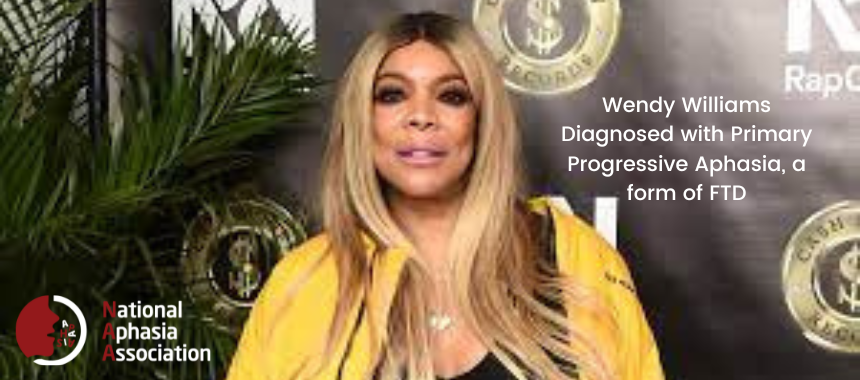Sooner rather than later and quality over quantity are at the heart of a recent study looking at speech therapy and aphasia. In other words, more isn’t necessarily more when it comes to treating aphasia.
Length of Time as “Dosage”
The Australian researchers (Emily Brogan, Natalie Ciccone, and Erin Godecke) looked at therapy in terms of dosage. A long, intensive therapy session was a bigger “dose” than a shorter therapy session. They wanted to find the optimal length of time for treatment that allowed the brain to pause and recover without missing out on using valuable time.
While they didn’t come to a definitive number and admit that many factors come into play when determining the best way to approach speech therapy, there was something important to note: “Early intervention w[as] important for recovery outcomes after stroke. However, increasing the intensity and difficulty level of the treatment did not equate to better results.”
More hours of therapy are not harmful, but they won’t necessarily produce different results. Instead, speech therapy should be looked at like a marathon vs. a sprint. It’s better to have steady, quality therapy over time than it is to have intensive therapy condensed into a short period and then stop.
Early Care Is Still Important
This study will hopefully open up a discussion with insurance companies on how we approach care after a stroke. Ideally, people should receive steady care after their stroke for many weeks, months, or years into the future. This is different from the idea of a quick, intense approach without follow up care after the initial burst.
One of the researchers weighed in and said that the intensity of the therapy should be matched to the person. “Because language is a higher order function and it involves more thinking time and cognitive skill, having breaks between sessions may help consolidate learning,” Professor Godecke said.
You can read the entire study for more information.



